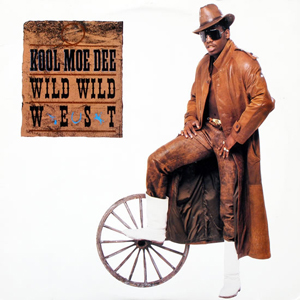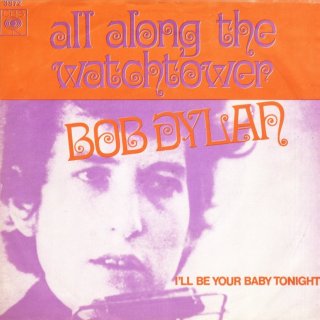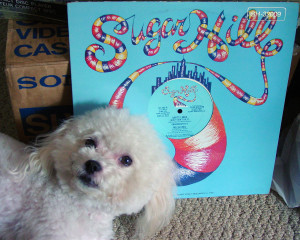“It was a 5-minute song with no chorus and a mandolin as the lead instrument. So for us to hold that as the bar we have to jump over every time we write a song would be ridiculous.”
In the summer of 1990, R.E.M. demoed a song in the studio with the working title of “Sugar Cane.” The band’s guitarist, Peter Buck, had recently purchased a mandolin and while learning how to play it, came up with the song’s main riff and chorus.
Lyrics about obsession and unrequited love were added, including an expression from the southern part of the United States that means “being at the end of one’s rope.” That expression became the song’s new title. The band’s singer, Michael Stipe, recorded his vocals in one take.
Though in the liner notes the R.E.M.’s career retrospective, Part Lies, Part Heart, Part Truth, Part Garbage 1982-2011, Stipe wrote “I don’t think any of us had any idea it would ever be … anything,” the group wanted it to be the first single released from their album Out of Time. Their record label, Warner Bros., didn’t think that was a good idea, as it was, in the words of one of the company’s executives, an “unconventional track.” After much discussion, Warner relented.
That record, with the title “Losing My Religion,” went to #4 on Billboard’s Hot 100 and became a smash worldwide. The album from which it was taken, Out of Time, sold over 18 million copies, far more than any of their previous releases.
Out of Time won the Grammy Award for Best Alternative Music Album and was nominated for Album of the Year. “Losing My Religion” won Best Pop Performance by a Duo or Group with Vocal and Best Short Form Music Video and was nominated for Record of the Year and Song of the Year, which it lost to “Unforgettable,” which was written in 1951.
When asked at the time if he was worried that the song’s success might alienate older fans, Peter Buck told Rolling Stone, “The people that changed their minds because of ‘Losing My Religion’ can just kiss my ass.”
“Losing My Religion” made Rolling Stone’s list of the 500 Greatest Songs of All Time, VH1’s list of the 100 Greatest Songs of the 90s, Blender’s list of The 500 Greatest Songs Since You Were Born, and The Rock and Roll Hall of Fame’s list of 500 Songs that Shaped Rock and Roll. On their annual music critics poll, the Village Voice had “Losing My Religion” as the #2 single of 1991, just behind Nirvana’s “Smells Like Teen Spirit.”
For this Throwback Thursday, Tunes du Jour presents twenty of the best tracks from 1991. (I didn’t include “Smells Like Teen Spirit” because I base this not on year of release, but on the year a song peaked in popularity. “Smells Like Teen Spirit” hit the top ten on the Hot 100 in 1992.)
Click here to like Tunes du Jour on Facebook!
Follow me on Twitter: @TunesDuJour


